This post may contain affiliate links that at no additional cost to you, I may earn a small commission.
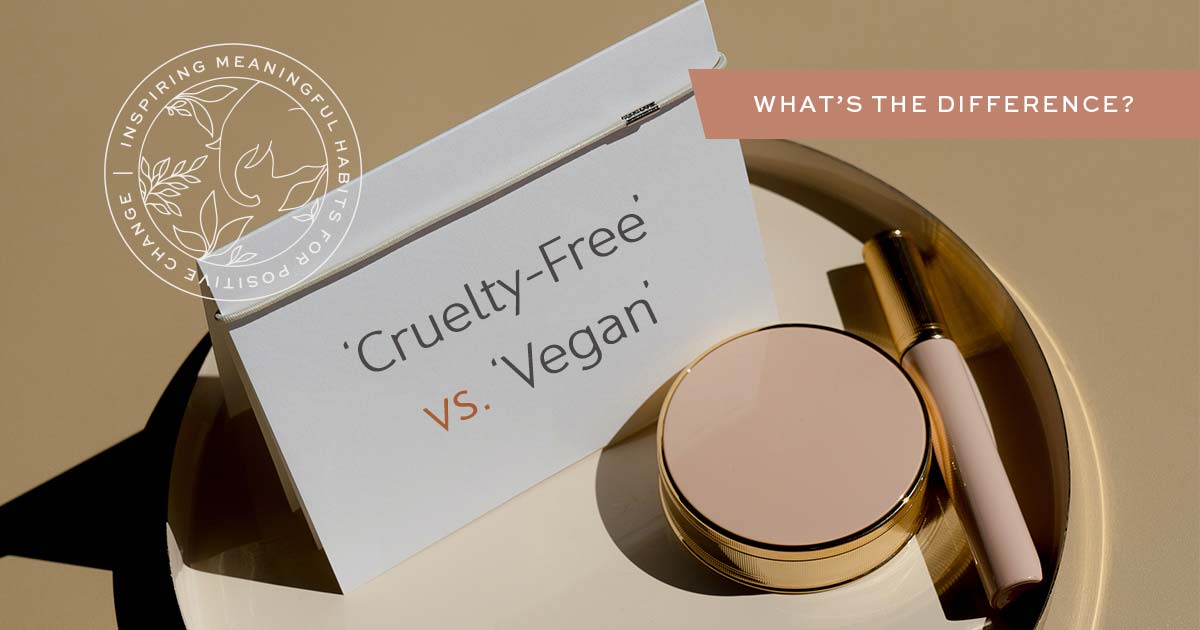
Animal ‘Cruelty-Free’ is a term used to describe cosmetics, personal care, and household cleaning products as not tested on animals.
‘Vegan’ is defined as products that do not contain any animal-derived ingredients or by-products.
Therefore, ‘Cruelty-Free’ does not always mean ‘Vegan.’ And vice versa.
Quick Notes:
- Cruelty-Free, but not Vegan means it’s not tested on animals, but it contains animal ingredients
- Vegan but not Cruelty-Free means it doesn’t contain animal ingredients, but it was tested on animals
- Both Cruelty-Free and Vegan means it wasn’t tested on animals, and it doesn’t contain animal ingredients
- Neither Cruelty-Free nor Vegan means it’s tested on animals and it contains animal ingredients
Examples:
It might be easier to understand the difference between Cruelty-Free and Vegan cosmetics if I provided some real-life examples.
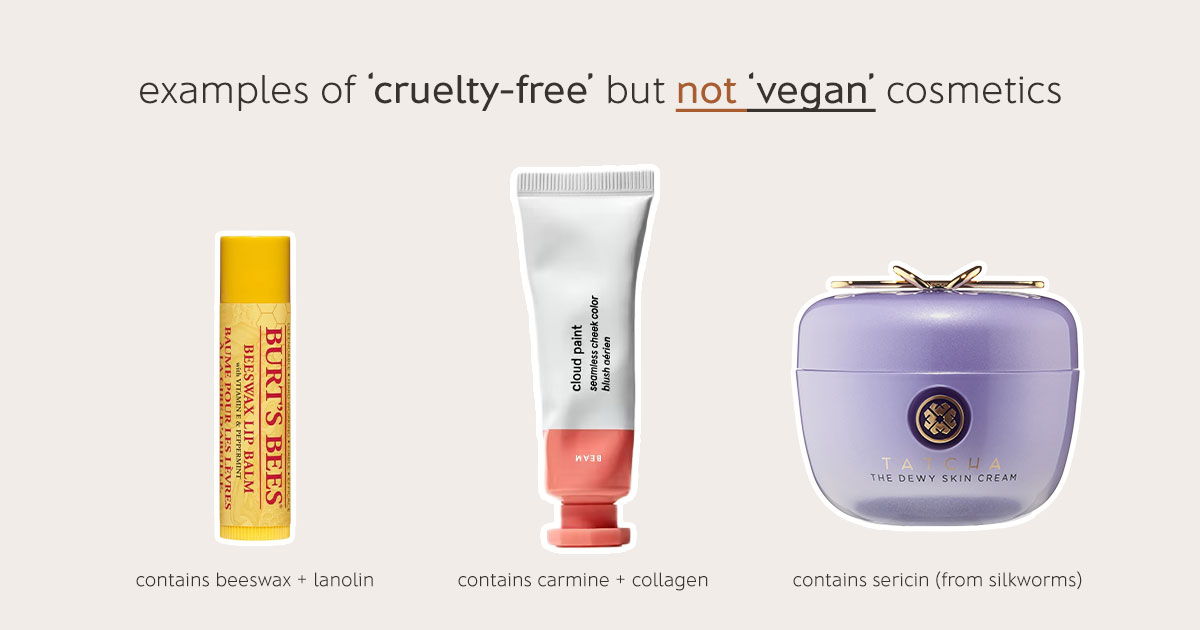
Examples of Cruelty-Free cosmetics that are NOT Vegan:
Burt’s Bees is cruelty-free (Leaping Bunny certified) and has been verified as not allowing any of its products or ingredients to be tested on animals. However, most of their products, like their Lip Balms, contain beeswax and lanolin, which are derived from animals. Making their products NOT vegan.
Glossier doesn’t test on animals (Leaping Bunny certified), but some of their products, like the Cloud Paint, contain carmine, which is derived from crushed-up beetles. Collagen is also listed as an ingredient, but the source is not disclosed, so it can possibly be from animal sources. This means Glossier’s Cloud Paint is cruelty-free, but not vegan.
Tatcha is another brand that claims to be cruelty-free while selling some products that contain animal-derived ingredients, including their best-selling Dewy Skin Cream, which contains sericin derived from silkworms.
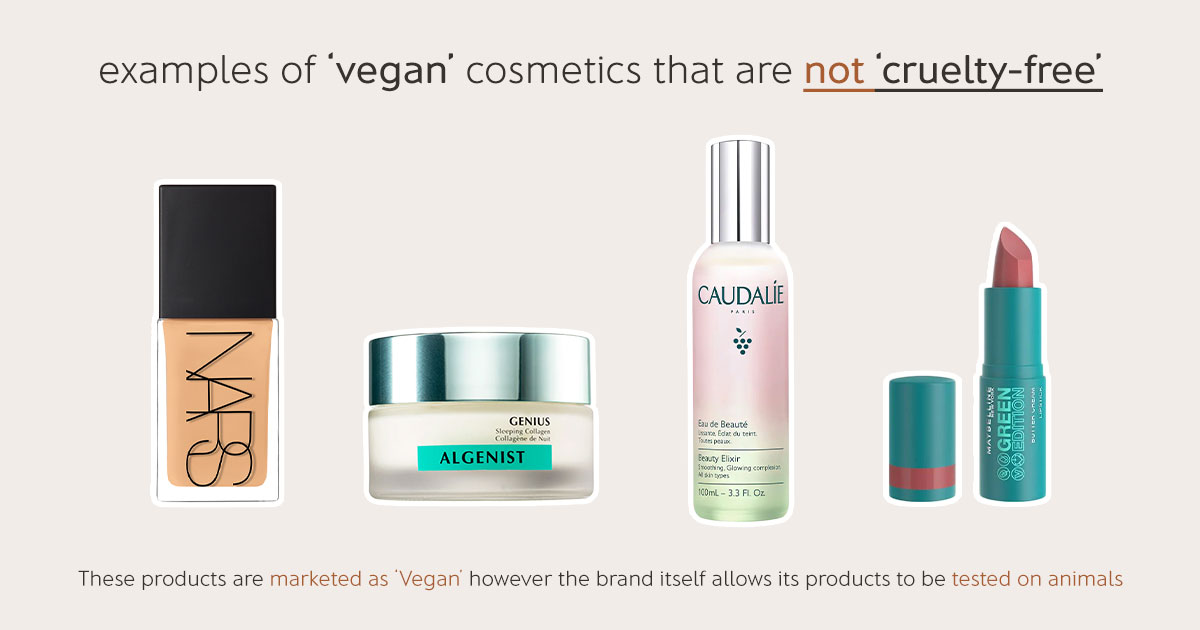
Examples of Vegan cosmetics that are NOT Cruelty-Free:
NARS is not a cruelty-free brand since they announced their products are for sale in China, and they consented to have their products tested on animals as required by China’s animal testing laws. But that hasn’t stopped NARS from marketing and labeling some of its product offerings as ‘Vegan Formula’, including its best-selling foundation. This is an example of a ‘vegan’ cosmetic product that is NOT cruelty-free.
Algenist has a line of skincare products that are marketed as containing Vegan Collagen. However, Algenist’s animal testing policy states they allow their products to be tested on animals when required by law, regulation, or a governmental authority. Although Algenist offers a collection of vegan skincare made from a plant-based alternative to animal-derived collagen, Algenist is NOT a cruelty-free brand.
Caudalie claims most of its products are vegan except for some containing beeswax or honey. However, Caudalie admits it sells its products in China, where as they put it, “authorities may impose random animal testing.” Caudalie products may be Vegan, but they’re not Cruelty-free.
Maybelline recently launched a vegan makeup line called Green Edition, where they claim none of their formulas from this line contain animal-derived ingredients. But Maybelline is not a cruelty-free brand because they allow their products to be tested on animals when required by law.

Examples of Vegan AND Cruelty-Free Cosmetics:
Biossance, The Ordinary, Milk Makeup, and Merit are all cruelty-free brands where none of their products or ingredients are tested on animals. And all of these brands are 100% vegan, meaning none of their product offerings contain any animal-derived ingredients or by-products. These brands are both Cruelty-Free AND Vegan.
Let’s Dig Deeper:
Now you know the main difference between products labeled as Cruelty-Free and Vegan.
Here are some commonly asked questions I get when I mention something is Cruelty-Free or Vegan.
But how can something be called cruelty-free but contains animal ingredients?
Because there’s no legal or standard definition for using the term Cruelty-Free, according to the FDA, “The unrestricted use of these phrases by cosmetic companies is possible because there are no legal definitions for these terms.”
The explanation I’ve provided above is how the label ‘Cruelty-Free’ is generally used by companies, manufacturers, and consumers, based on my research in the field for the past 8 years.
But I understand why some ethical consumers are confused and frustrated when brands call themselves cruelty-free but use animal products.
It seems counterintuitive that these two terms, Cruelty-Free and Vegan, can be mutually exclusive.
Know that, at the end of the day; companies are using these labels as marketing terms. Without a standard or legal definition of the terms, they can use them in whichever way they like to get you to buy their products.
Cruelty-Free Certifications and Vegan Brands
A common misunderstanding I get from readers is assuming Leaping Bunny-certified brands are vegan. This is not the case.
Leaping Bunny investigates only the brand’s animal testing policy. It’s thorough and can be a lengthy process. But they don’t look into whether brands use vegan or animal-derived ingredients. As a result, many Leaping Bunny-certified brands are not vegan.
Vegan ≠ Clean, Sustainable, Ethical Products
Another misconception I hear is Vegan products mean it’s clean, sustainable, or ethically made. This is only sometimes true.
As an alternative to animal ingredients, companies can choose from various components obtained from plants, minerals, or synthetically.
The term ‘Vegan’ does not specify the type of non-animal-derived ingredients brands choose to use. It also says nothing about how they were made, grown, extracted, or mined. In addition, other factors like environmental impact, sustainable manufacturing, and ethical working conditions are not factored into the umbrella term for ‘Vegan’ cosmetics.
Vegan Brand vs. a Vegan Product
Some consumers also get mixed up between an entirely vegan brand and one offering some vegan options.
It also doesn’t help that some brands claim to be 100% vegan but then sell a one-off item that isn’t.
For example, many household cleaning brands claim their formulas are 100% vegan but sell wool dryer balls. Or haircare brands state they’re 100% vegan but then offer hair brushes made with animal bristles.
Here’s a tip, if you see a brand advertise its products as Vegan, don’t assume all of its products are vegan. It may be that one item that is vegan.
If you wish only to support entirely vegan and cruelty-free brands, check out this list.
Cruelty-Free Brands and Parent Companies
Another note I ought to mention is the discussion on whether brands that are owned by an animal-tested parent company should still be considered cruelty-free or not.
For example, NYX and Urban Decay are owned by L’Oreal, a parent company that is not cruelty-free. Some cruelty-free consumers may choose to continue to purchase from NYX and Urban Decay as they hope it will convince the parent company, L’Oreal, to stop testing on animals.
Even though NYX and Urban Decay may not test on animals, some ethical consumers may not consider them cruelty-free because of their affiliation with animal-testing L’Oreal. And believe that the money spent on those brands will go into the pockets of L’Oreal, and, therefore, indirectly fund more animal tests administered by L’Oreal.
This is always a touchy subject, and I feel there’s no right or wrong way to go about this. There are many different factors to consider when deciding which ethical brand to support and buy from. I always encourage others to do what feels right to them.
Summary
To bring it all together, although there is no legal or standard definition for the terms ‘Cruelty-Free’ and ‘Vegan’ in cosmetics, personal care, and household cleaning products, the two terms are generally used as follows:
‘Cruelty-Free’ = Not tested on Animals.
‘Vegan’ = No animal-derived ingredients or by-products.
It’s possible for a product to be cruelty-free but not vegan or the other way around.
While it’s important to know the differences between the terms, you’ll also want to know the difference between Cruelty-Free Certifications, Parent Company Animal Testing, and other Clean, Sustainable, Ethical marketing claims to make the best informed and ethical choice that fits your values and ethics.







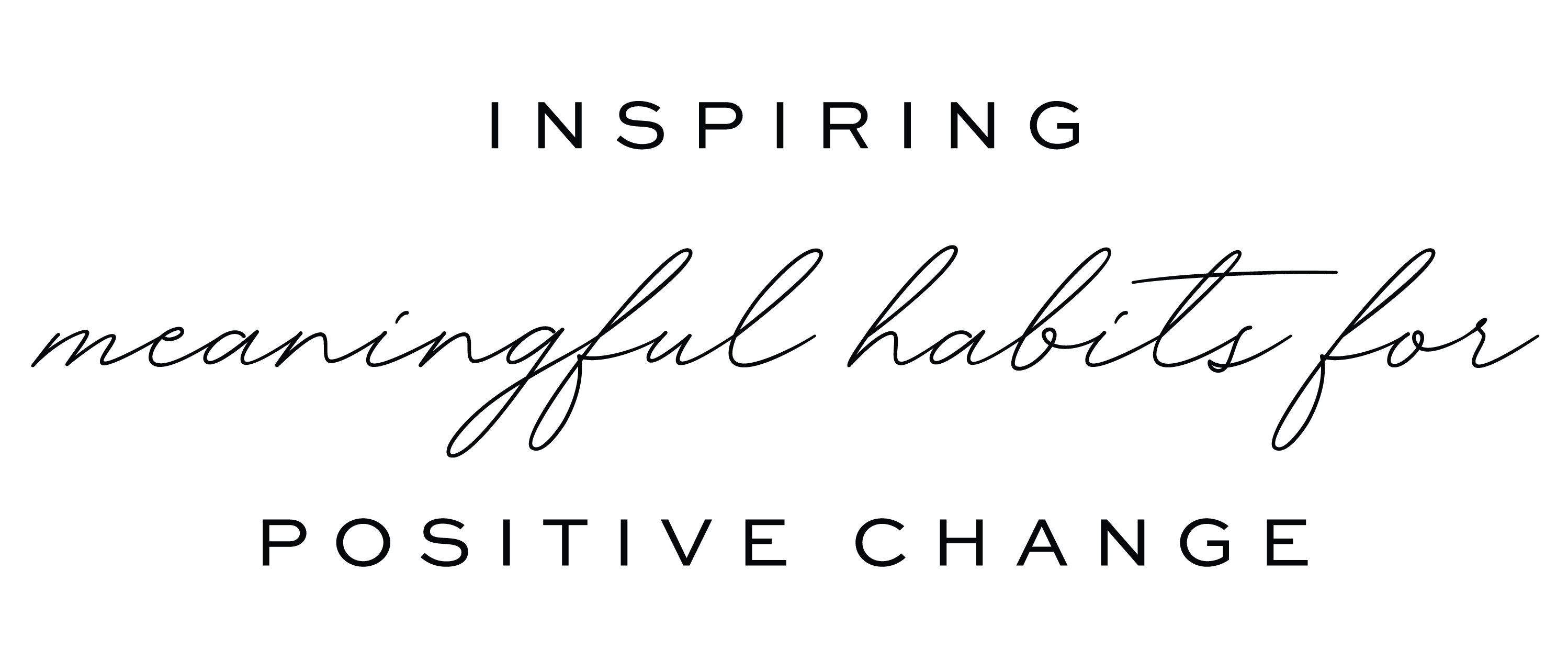
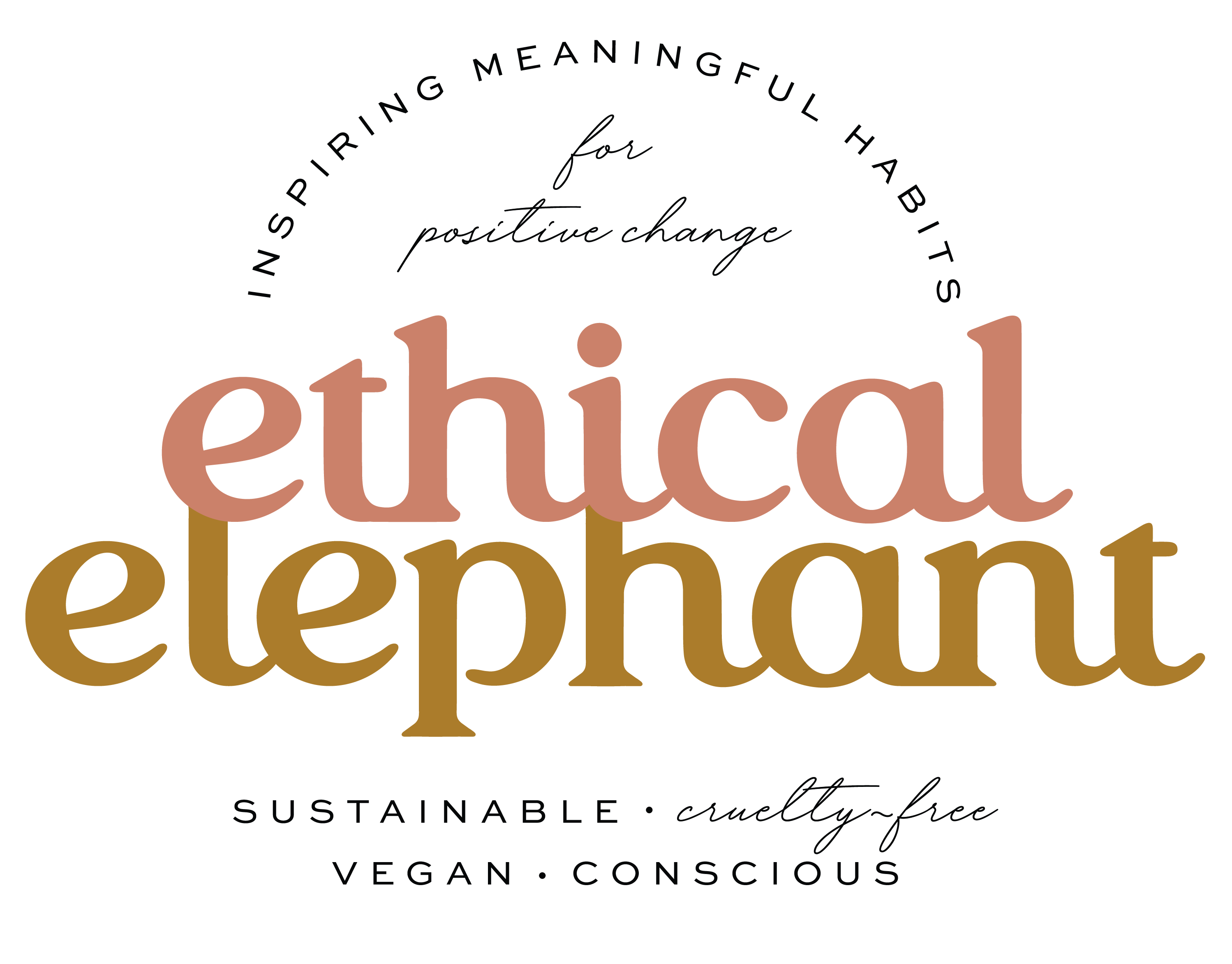
32 thoughts on “Cruelty-Free vs. Vegan: Understanding the Differences and Why They Matter”
By definition, the use of animal products cannot be cruelty-free. So, non-vegan but cruelty-free is an oxymoron =)
As for vegan but not cruelty-free, well, I’m with you in your approach of veganism (as well as the official definition!) That said, I’ve met vegans who were pro-animal testing, agreed with culling or would eat non-vegan when dinning out with friends, so go figure.
I wonder, at times, if I’m myself a vegan, considering the aberrations some vegans say and do. Maybe I prefer to see me as an individual who does all that’s possible to stop animal suffering, regardless tags and particular definitions.
Cheers!
Hi! So I am transitioning to vegan (slowly but surely) and I am getting confused not by the terminology but by the researchers behind it.
On crueltyfreekitty,com the bunny ear logo you’re showing is called Peta, but that means it is uncertified (therefore we don’t no as consumers if what they are reporting is true and no one is calling them on it) but here on this site you are saying these products are surely BOTH cruelty free and vegan. My question is, which one is it? I don’t want to invest in these brands if there’s still a lot of uncertainty but then again it could simply be a common point of confusion.
Pls help lol
Hey Jordan! Glad to hear you’re starting to transition to buying vegan products! =)
PETA’s bunny logo is actually an official cruelty-free and vegan certification. But their cruelty-free standards and how they approve brands is like you said, questionable.
In this article, I tried my best to simplify the terms “cruelty-free” and “vegan” to show the main difference between the two as most people were using them interchangeably. However, what qualifies as being truly ‘cruelty-free’ or ‘vegan’ is actually very complex.
I totally understand your struggle and confusion because both terms do not have a standard definition and so ‘cruelty-free’ can mean something different to each of us.
Some people choose NOT to follow or trust PETA’s bunny logo because they don’t feel that PETA is doing as great of a job with verifying each brand as to whether or not they test on animals throughout the supply chain.
Here are some further readings that sort of go into detail about their standards and other CF/V logos:
https://ethicalelephant.com/cruelty-free-vegan-labels-logos/
https://ethicalelephant.com/cruelty-free-bunny-logos/
https://ethicalelephant.com/who-to-trust-cruelty-free/
But keep in mind, it’s not just PETA’s bunny logo that some people don’t trust. In fact, there are some of us that don’t trust the other cruelty-free or vegan logos (like Leaping Bunny or Vegan Society).. just because we all have different standards as what should be labelled as cruelty-free/vegan. And there’s nothing wrong with that!
I unfortunately have no authority or right to say what you should do or which certifications/logos you should trust because what I, myself, would consider cruelty-free/vegan is very different than what someone else would.
But it seems as though you’re already doubting PETA’s list so I would definitely trust your instincts =) and maybe just use their list as a starter’s guide but at the same time, check to see if a brand is on another cruelty-free list like Leaping Bunny or CrueltyFreeKitty.com!
Ok thank you SO SO much this makes a lot more sense.
I think much if my confusion was that all of the resources I’ve seen say “vegan” or “cruelty-free” with 300% confidence so I write down the product and then find somewhere else that it may not be true! All in all i think I will stick with the logos you’ve provided and try to make due with checking ingredients. Love your blog! Thanks for being awesome ?
Vicky, great blog. My questions is. What if you have a massage gel and the typical animal products are synthetic and the finished good is not tested on animals but you know that some raw materials were tested in animals. Are they still vegan products? Please let me know ASAP!! thank you
If 60% of the world’s child labor is in agriculture, then can something be vegan if it was harvested by children’s hands? How do you know? Can you truly be a vegan knowing your food was harvested by almost-slave workers? Or is that okay because they are not animals?
Hi, I have a question concerning glycerin. A lot of companies say glycerin that are cruelty free and don’t particularly say if the glycerin is animal derived or vegetable derived. Now, I know cruelty free means that the products are not tested on animals, but does that also mean no products that include materials that killed an animal (aka glycerin?) I’m trying to go vegan, but glycerin is messing me up with my research.
Hi Amanda,
I know it can be a little bit confusing but usually when companies say that their products are “Cruelty-free” it ONLY means that they don’t test on animals. If you want to avoid products that contain animal-derived glycerin or any other animal ingredients, then you’ll want to find products that say they are “vegan”.
I know it doesn’t make sense how a product can be called “cruelty-free” even though it contains animal-derived ingredients because it’s impossible to obtain these ingredients without cruelty to animals but unfortunately that’s not how the beauty industry uses or defines the term “cruelty-free”
In a perfect world, I would definitely redefine the label “cruelty-free” to mean no animal testing AND no animal ingredients.. but for now, you’ll want to make sure you’re buying products that say they’re “vegan”! =)
Hope that clears things up for you, Amanda!